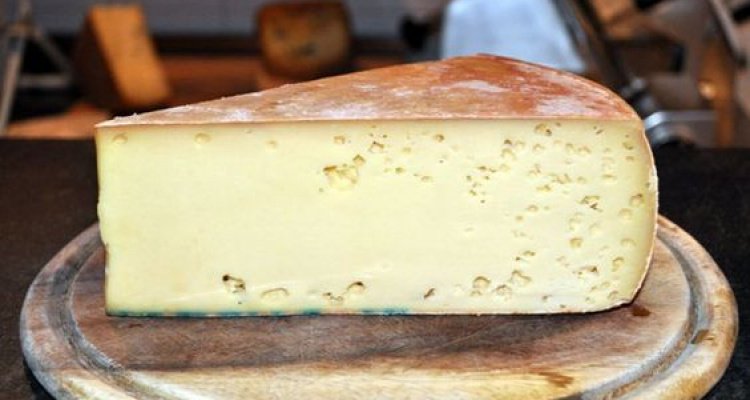Fontina Cheese

Imagine your perfect holiday in Aosta Valley ... the snow-capped peaks, the silence, the crackling of a lit fireplace and the unique taste of the queen of the region's typical products: Fontina Cheese!
Traditional Recipes, History and curiosity
What is "Fontina Cheese" and how it is produced
Fontina cheese is a DOP (Protected Designation of Origin) Valdostano cheese, in 2016 it has been listed by the Wall Street Journal among the 26 best cheeses in the world!
The milk used for the production of the "Fontina Valdostana" must be whole, raw and processed within 2 hours of milking. This ensures the high-quality of the raw materials used for the production, only milk from the region’s mountain pastures is used, from autochthonous red, black and chestnut spotted cattle breeds.
The second phase of the production of the Fontina Valdostana is called "spianatura” and consists in raising the temperature of the milk and breaking the curd. Fontina Cheese is then poured into molds where it will be pressed and mixed continuously for the following 12 hours.
The maturing of Fontina Cheese takes place in natural caves, with specific humidity and temperature, for at least three months. During the first month the Fontina Cheese moulds are brushed and salted every other day, this favors the creation of the typical orange-brown crust
 Pinterest
Pinterest
How is Fontina Cheese preserved?
The best place to store Fontina Cheese would be a suitable cellar but the refrigerator is a valid alternative. The secret to best preserve the Fontina Cheese is to wrap the slice in a damp linen cloth on a tray protected by a glass bell dome and placed in the least cold part of the refrigerator. You can also wrap the slice of Fontina Cheese in greaseproof paper or cling film, taking care to completely cover the cut part of the slice to preserve its humidity and to remove it from the refrigerator at least an hour before consumption. The ideal serving temperature is around 16° C.
Fontina Cheese how it combines
Fontina Cheese is widely used in the preparation of “crostini” (toasted bread) and first courses such as polenta, gnocchi or crepes. It also combines very well with acacia honey or dried fruit but the main combination is with white truffles. The recommended wine is a still, medium-bodied red wine and of course, produced in the Aosta Valley!
Recipes with Fontina Cheese
Fonduta alla Valdostana
 Pinterest - www.cucchiaio.it
Pinterest - www.cucchiaio.itIngredients
Method
Remove the rind from the fontina cheese, cut it into thin slices, collect these in a bowl, pour the milk (the liquid must cover the cheese) and let it rest for an hour.
Without draining too much, collect the fontina from the milk and transfer it to a thick-bottomed saucepan.
Add the cold butter into small pieces. Place the container in a bain-marie and, still stirring, let the cheese melt. A compact mass is formed, it will then slowly dissolve.
When the mixture has reached a creamy consistency, stir in one yolk at a time, stirring quickly, then leave it again in a bain-marie for 2-3 minutes so that the mixture acquires its typical velvety appearance (at this point you decide if, for a more correct consistency, it is the case to add some milk).
Check the salt and add a pinch of pepper, if you will add the truffles afterwards. Otherwise you can abound with the pepper.
Remove, pour the fondue into warm bowls, sprinkle the surface with thin slices of truffle and serve with slices of black toasted bread separately. Better if kept warm wrapped in a napkin.
Pasta alla Valdostana with Fontina
 Pinterest - www.mangiaconme.it
Pinterest - www.mangiaconme.itIngredients
Method
Grate the Parmigiano Reggiano. Cut the fontina into strips. In a pan, melt the knob of butter and then add the ham cubes. Brown and then add the sliced fontina and fresh cream and let it all mix well.
In the meantime, put a pot of water for the pasta on the stove, boil it, add the salt and then the pasta.
When it is cooked, drain it, keeping aside a little part of cooking water, and pour it into the pan with the ham and fontina cheese.
Keep on heat for a minute, adding the cooking water kept aside if it is too dry.
Turn off the heat, season with salt, add a little Parmesan, add the parsley.
Dream your holiday in Valle D'Aosta